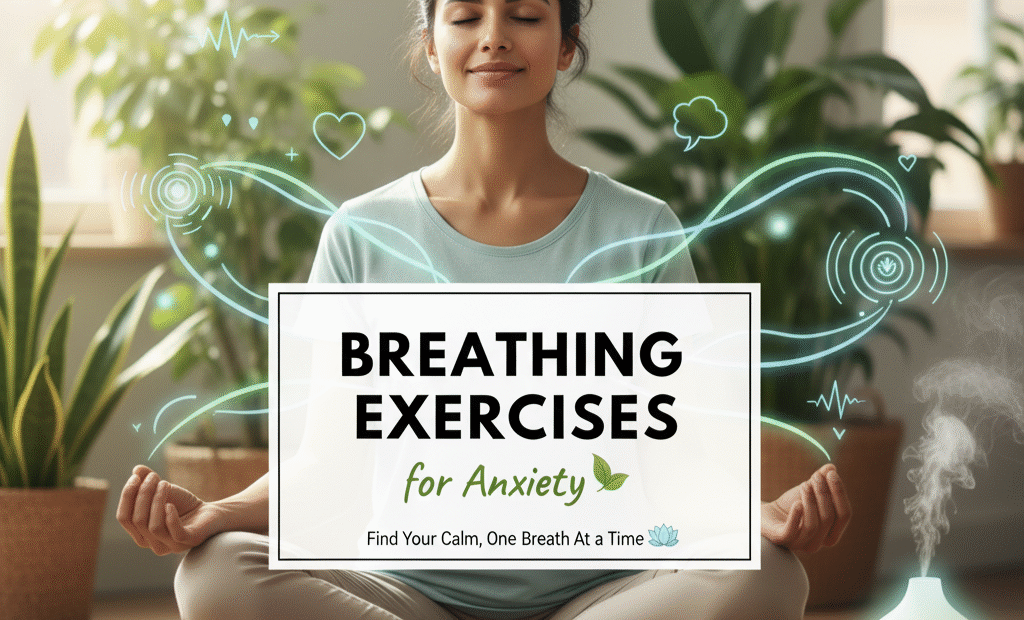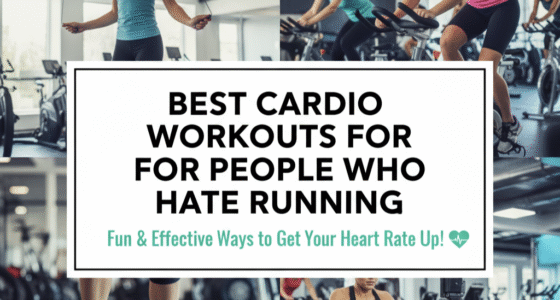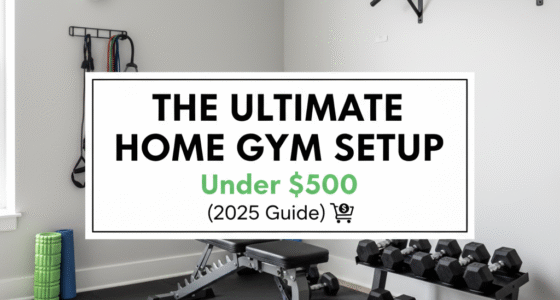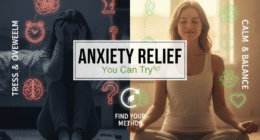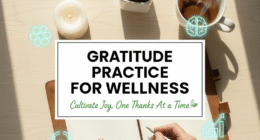Breathing Exercises for Anxiety
When anxiety takes hold, your breathing often becomes fast and shallow — sending signals of panic to your brain. The good news is that by intentionally controlling your breath, you can reverse this process. Breathing exercises are one of the most effective, drug-free ways to calm your body and mind in just a few minutes. Whether you’re at home, at work, or lying awake at night, these simple techniques can help you feel grounded and at peace.
How Breathing Affects Anxiety
Your breath is directly connected to your nervous system. When you’re anxious, your body enters “fight or flight” mode — your heart rate speeds up, your muscles tighten, and your breathing quickens. By slowing your breath and making it deeper, you activate the “rest and digest” system, signaling to your brain that you are safe. This reduces tension, slows your heart rate, and helps your mind refocus.
Best Breathing Exercises for Anxiety Relief
1. Deep Belly Breathing (Diaphragmatic Breathing)
This technique focuses on breathing deeply into your abdomen rather than your chest. It helps regulate oxygen flow and reduces stress hormones.
- Sit or lie down comfortably.
- Place one hand on your chest and one on your belly.
- Inhale slowly through your nose for 4 seconds, feeling your belly rise.
- Exhale gently through your mouth for 6 seconds.
- Repeat for 5–10 minutes.
2. 4-7-8 Breathing Technique
Developed by Dr. Andrew Weil, this technique is known to reduce stress and help you fall asleep faster. It’s especially effective when your mind feels overwhelmed.
- Close your eyes and exhale completely through your mouth.
- Inhale quietly through your nose for a count of 4.
- Hold your breath for a count of 7.
- Exhale through your mouth for a count of 8.
- Repeat the cycle 4 times.
3. Box Breathing (Square Breathing)
Box breathing is a favorite among athletes, soldiers, and therapists because it helps restore calm and focus under pressure.
- Inhale through your nose for 4 counts.
- Hold your breath for 4 counts.
- Exhale through your mouth for 4 counts.
- Hold again for 4 counts before the next inhale.
- Repeat the process for 5 minutes.
4. Alternate Nostril Breathing (Nadi Shodhana)
This ancient yoga technique balances the left and right sides of your brain, improving emotional stability and focus.
- Sit upright and relax your shoulders.
- Close your right nostril with your thumb and inhale through your left nostril.
- Close your left nostril with your ring finger and exhale through the right.
- Then inhale through the right and exhale through the left.
- Continue for 3–5 minutes.
5. Resonance Breathing (Coherent Breathing)
This method helps you find a natural rhythm between your breath and heart rate. It’s a proven way to reduce anxiety and improve focus.
- Inhale through your nose for 5.5 seconds.
- Exhale through your mouth for 5.5 seconds.
- Keep the rhythm smooth and even for 10–15 minutes daily.
Tips for Getting the Most Out of Your Practice
- Find a quiet space and sit comfortably.
- Practice at the same time every day for consistency.
- Combine breathing with mindfulness or meditation for deeper calm.
- Don’t force it — gentle, slow breathing is more effective than deep, fast breaths.
- Use guided breathing apps or calming music if you’re just starting.
When to Use Breathing Exercises
Breathing exercises can be used anytime you feel anxious, tense, or unfocused. They’re especially helpful:
- Before a big meeting, test, or presentation
- During panic attacks or stressful moments
- Before bedtime to promote better sleep
- After exercise to cool down and reset your mind
Conclusion
Breathing exercises for anxiety are simple yet powerful tools to regain control over your thoughts and emotions. With just a few minutes of focused breathing each day, you can lower stress levels, clear your mind, and improve your emotional balance. Start small — even two minutes of calm breathing can make a noticeable difference in how you feel. Remember, your breath is always with you — it’s your built-in source of peace.
